1/2 Reichstaler 1621,
under Wilhelm V of Hesse-Kassel as administrator.
Condition: ef+
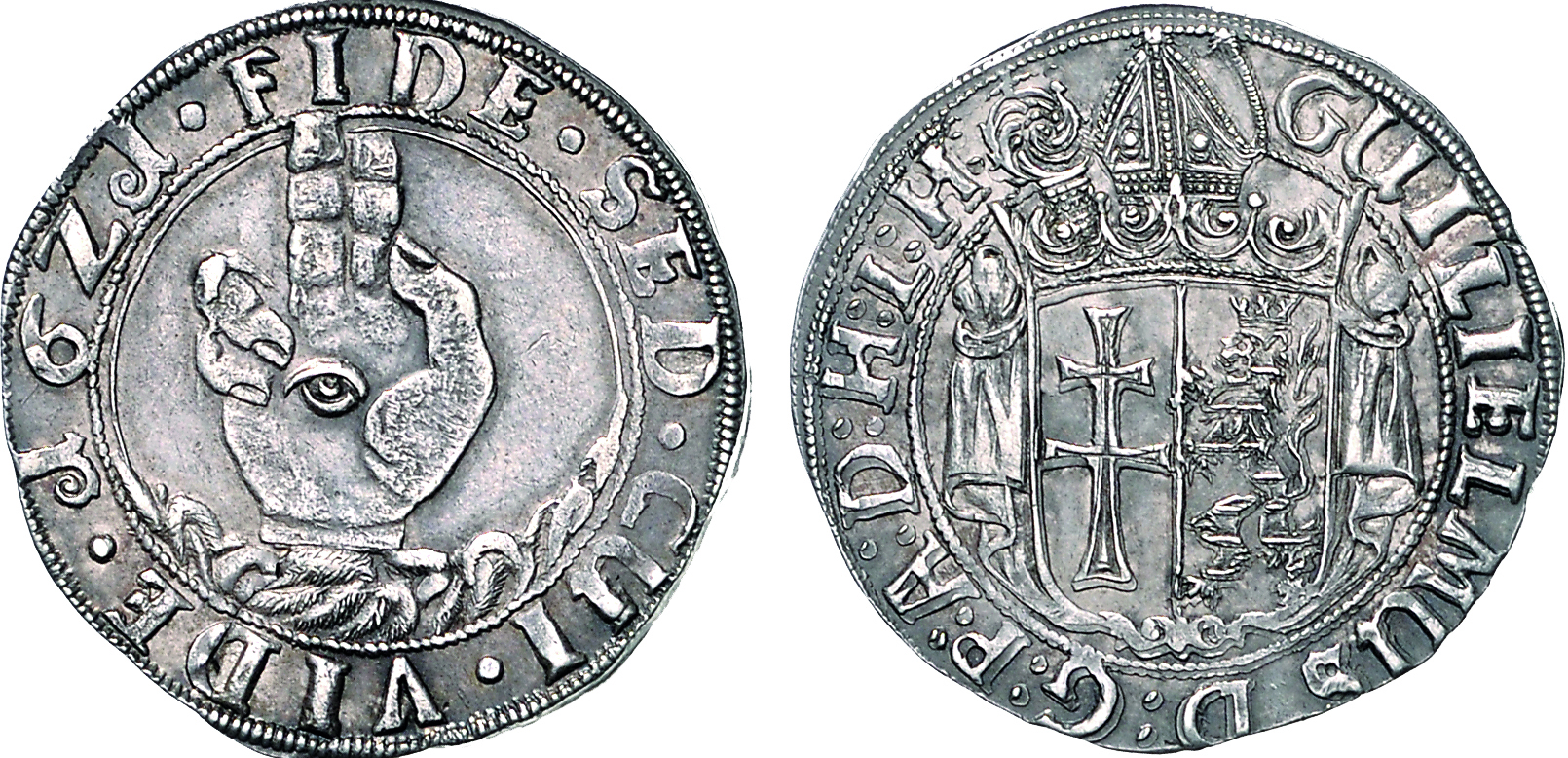

city of Besançon,
3 Pistols 1666 with title Charles V.
Condition: CH UNC
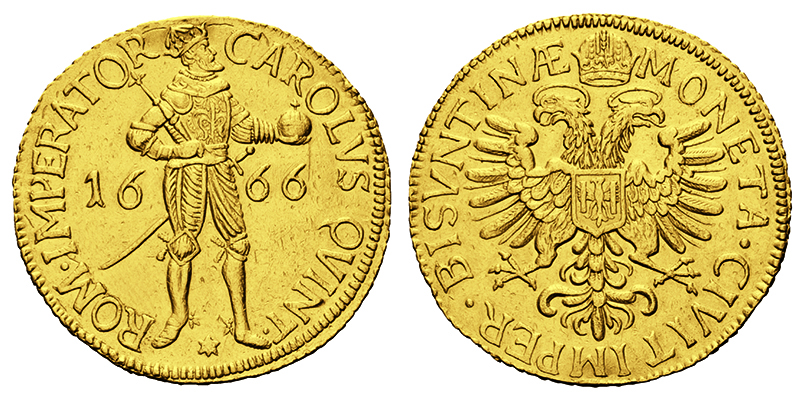
Bavaria, Chaise d'or (imperial shield)
1328-1347 under Emperor Louis IV.
Condition: ef

Reichstaler 1654-1668
under Count Guidobald von Thun.
Condition: vf-ef
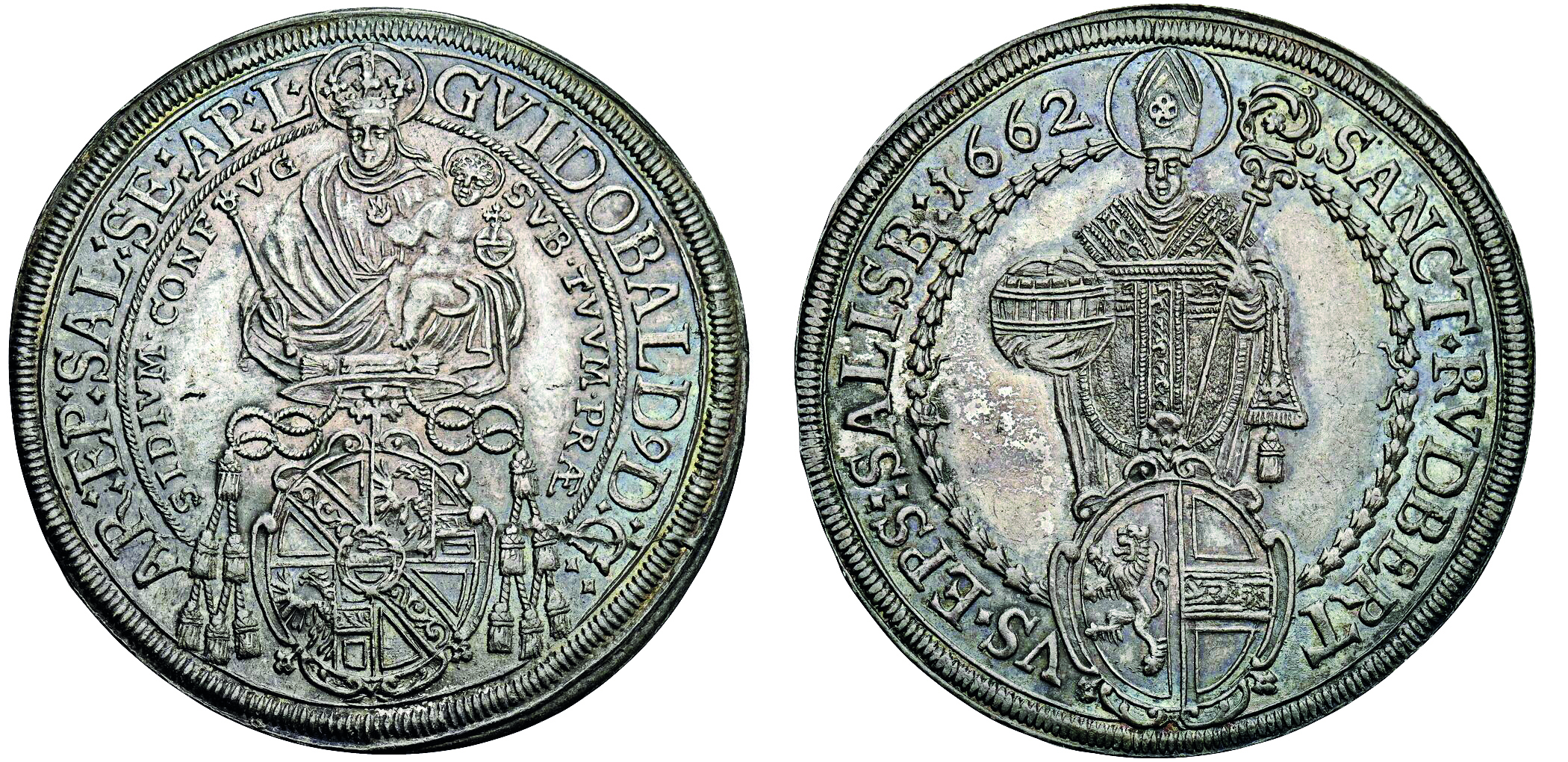
Solidus (491-518)
under Anastasius the righteous.
Condition: vf-ef

Archive: People and Markets
Euro Counterfeits: Fraudsters Increasingly Target Commemorative Coins
The number of counterfeit euro coins surged dramatically in 2023, with €2 coins—particularly commemorative issues—being the primary targets. Counterfeiters are employing increasingly sophisticated techniques, while investigators are analysing new varieties to track down illegal minting operations.
The Medals and Representative Coins of Emperor Ferdinand I
Andrea Mayr has presented another part of the collection of the Kunsthistorisches Museum in Vienna. In 2023, her two-volume work on the medals and representative coins of Ferdinand I was published. It is much more than a usual catalogue. Ursula Kampmann took a look at it.
Archive: Coins, Medals and more
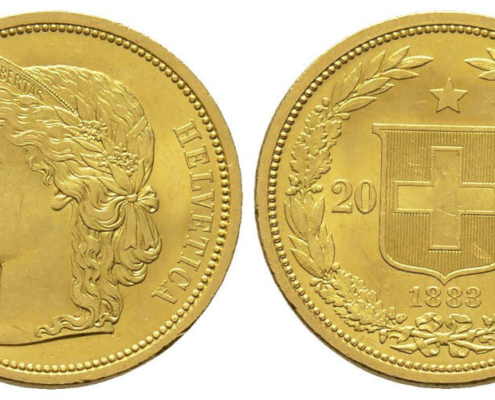
The Vreneli – A Swiss Icon
With its latest commemorative coin, Swissmint honours the last issue of the 10-franc vreneli minted 100 years ago. A prime opportunity to recall the history of this iconic Swiss gold coin.
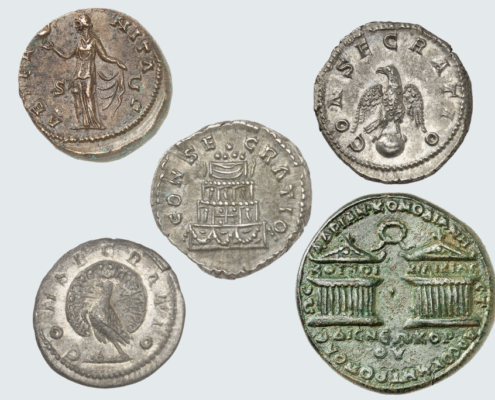
Oh Dear, I Think I’m Becoming a God! Numismatic Testaments to the Consecration of Roman Emperors
On 31 October 2024, Künker will auction off part 9 of the Dr. W.R. Collection. It presents Roman coins from the period between the civil war of 68/9 and the end of the Severan dynasty. The diverse material illustrates the numismatic traces of the consecration of Roman emperors.







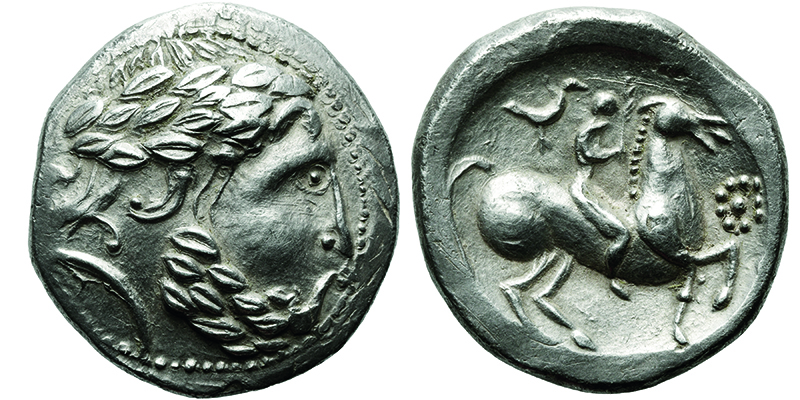

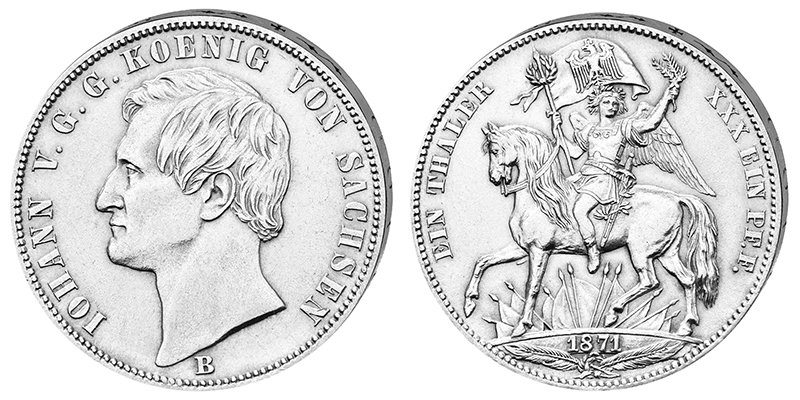
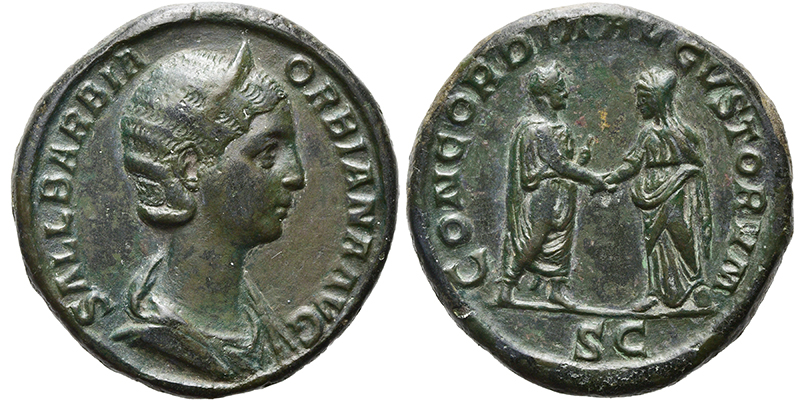

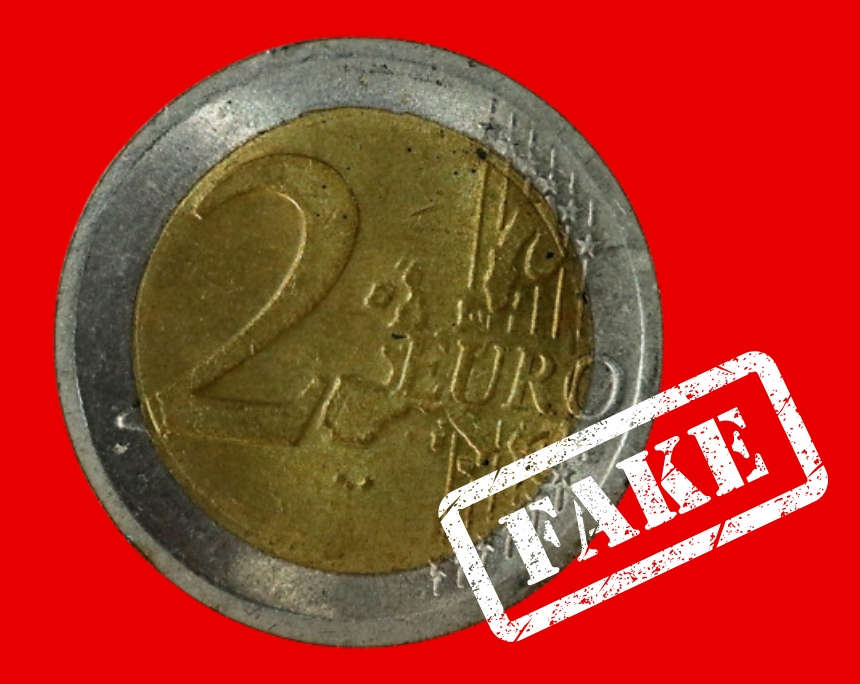
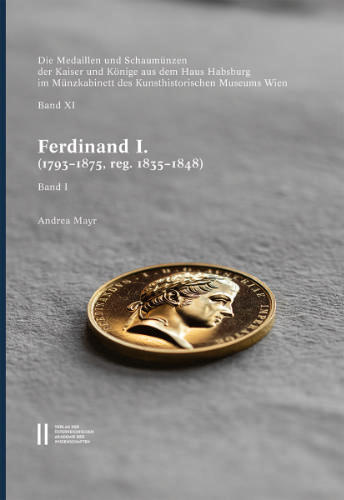

A Year of Gold Bars in US Supermarkets: Could the Costco Model Work in Europe?
Since autumn 2023, Americans have been able to invest in gold at the wholesale chain “Costco.” Those who bought then have enjoyed a handsome return – but whether gold will ever be sold at Aldi or Lidl in Europe remains uncertain.
Medaljer Konstnärer – Medaillen und ihre Künstler – Medals and Their Artists
Roberto Delzanno presents his publication on five important Swedish medalists. The book of over 400 pages features texts in Swedish, German and English, as it aims to introduce Swedish medal art to the broader international collector community.